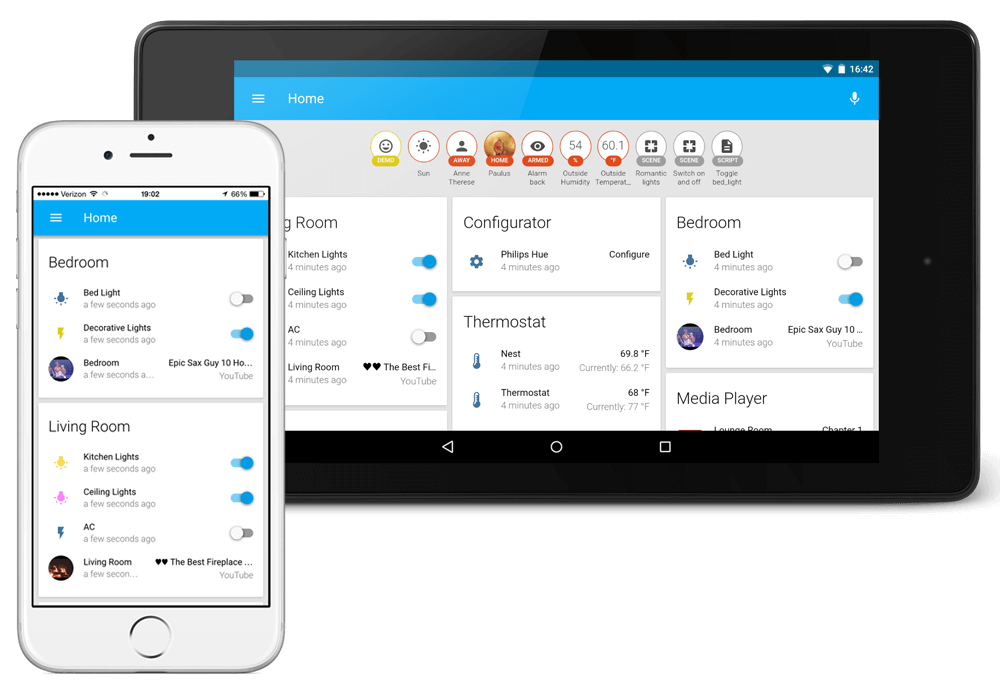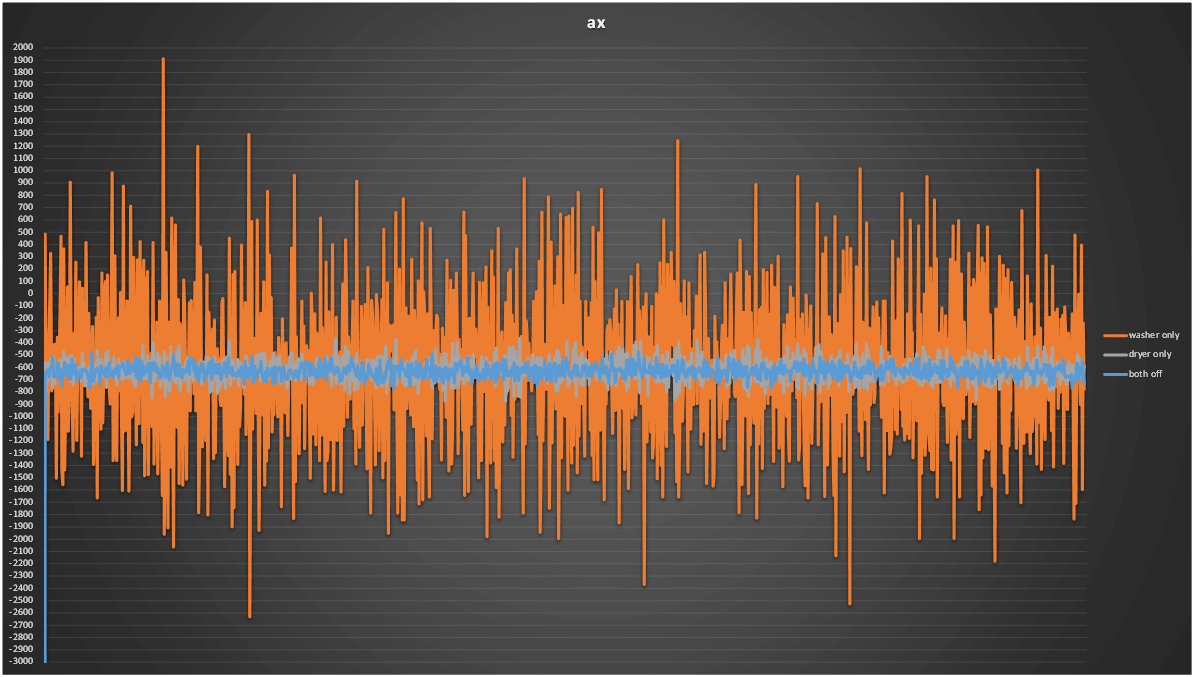It’s like someone opened a can of rock solid developers and emptied it above our chat channel because it exploded with great conversations and solid contributions. Featured in release 0.7.3: Sonos, iTunes, Alarm component and Automation upgrade.
See GitHub for more detailed release notes.
Migration note: the scheduler component has been removed in favor of the automation component.
Sonos
 Sonos support has been added by @rhooper and @SEJeff. Home Assistant is now able to automatically detect Sonos devices in your network and set them up for you. It will allow you to control music playing on your Sonos and change the volume.
Sonos support has been added by @rhooper and @SEJeff. Home Assistant is now able to automatically detect Sonos devices in your network and set them up for you. It will allow you to control music playing on your Sonos and change the volume.
iTunes and airplay speakers
 @maddox has contributed support for controlling iTunes and airplay speakers. For this to work you will have to run itunes-api on your Mac as middleware.
@maddox has contributed support for controlling iTunes and airplay speakers. For this to work you will have to run itunes-api on your Mac as middleware.
# Example configuration.yaml entry
media_player:
platform: itunes
name: iTunes
host: http://192.168.1.50
port: 8181
 Inspried by a
Inspried by a 



 Home Assistant support to integrate your
Home Assistant support to integrate your  Example of the new media player cards
Example of the new media player cards